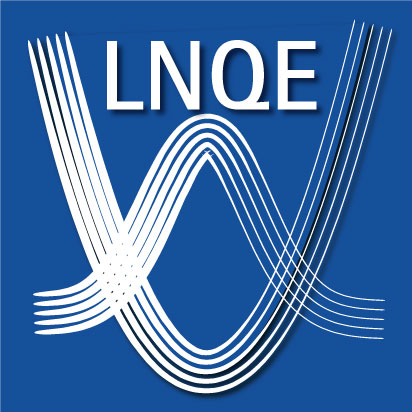Landau-Zener-Stückelberg-Majorana Interferometry
Sigmund Kohler
Instituto de Ciencia de Materiales de Madrid, CSIC, 28049 Madrid, Spain
Tuesday, 24. 10.2023 at 11:00 a.m.
Seminar room R001 of the LNQE research building (Building 3430), Schneiderberg 39, 30167 Hannover
Invited by Prof. Rolf Haug (Solid State Physics)
Abstract:
Landau-Zener-Stückelberg-Majorana (LZSM) interferometry refers to the equivalent of a Mach-Zehnder interferometer in the energy-time domain, where avoided crossings in the adiabatic spectrum of a few-level system act as beam splitters. The resulting interference patterns can be observed in almost any observable. To this end, recent experiments employed strongly driven double quantum dots (DQDs) coupled to either biased electron reservoirs or superconducting cavities. Accordingly, interference patterns can be seen in the time-averaged current and the cavity transmission. A theory for the cavity transmission based on non-equilibrium linear response theory describes the signal in terms of a phase-averaged susceptibility of the DQD [1]. It not only reproduces the measured patterns, but also provides a resonance condition that includes the cavity frequency. Theory also predicts an interplay between the cavity response and the population of Floquet states, which eventually provides a way to measure this population. Specifically, gaps in the interference fringes indicate the depletion which has been measured in GaAs double quantum dots [2]. Strong DQD-cavity coupling or the presence of various DQDs may require a treatment beyond linear response in the DQD-cavity coupling. This becomes evident by the prediction of unphysical transmissions larger than unity. For this case, a modified theory based on a susceptibility
of the full cavity-DQD compound has been proposed [3], which provides a faithful description in good agreement with experiments.
[1] S. Kohler, Phys. Rev. A 98, 023849 (2018).
[2] M.-B. Chen et al., Phys. Rev. B 103, 205428 (2021).
[3] S.-S. Gu et al., Phys. Rev. Lett. 130, 233602 (2023).






